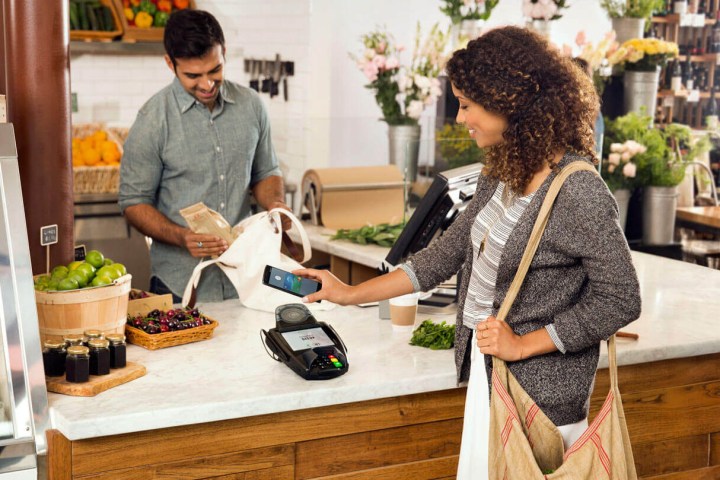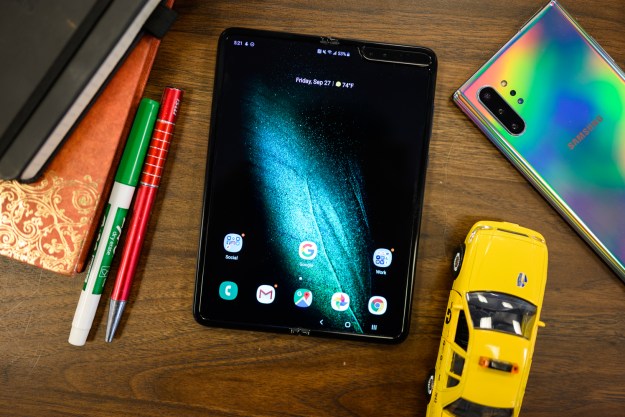
A new report from Bloomberg indicates that both Android Pay and Samsung Pay are experiencing faster growth than Apple Pay. However, Apple Pay is still the leader when it comes to total customers.
Samsung reported that it has achieved the 5 million-user milestone and processed $500 million in transactions since Samsung Pay debuted last September 2015. Google and Apple haven’t released actual numbers, but Crone Consulting LLC estimates that Google’s Android Pay has 5 million monthly users, while Apple has about 12 million.

The fact that Apple Pay has more users is no surprise since it had nearly a one year head start. However, Bloomberg is reporting that Samsung Pay is experiencing a faster growth rate than Apple Pay. Although Android Pay wasn’t mentioned specifically, we can assume that
Does this mean that Android Pay and Samsung Pay will eclipse Apple Pay soon? Before anyone gets too excited about that, we need to point out that when Apple Pay debuted, mobile payments were getting the same kind of attention it is now. Although actual numbers weren’t shared, Apple said it attracted 10 times more users during the second half of 2015 as opposed to the first half. It’s likely the launches of
Still, if you combine the user base for Android Pay and Samsung Pay, 10 million is significant since both services run on
Forrester Research Inc. estimates that mobile payments will exceed $142 billion by 2019, which means there is a lot at stake here. However, if one company does have an advantage over the other, it’s Samsung. Its purchase of LoopPay last February 2015 gave Galaxy phones the ability to mimic the same magnetic stripe found on the back of credit cards. This means that Samsung Pay can be used on any terminal, even if it’s not set up for mobile payments. Android Pay and Apple Pay can only be used on terminals that accept mobile payments through near field communications (NFC).
We’re also likely to see newer technologies that could affect the race to the top. A perfect example is Google’s Hands Free, a service that lets you make mobile payments with your voice. It’s already available on Android and iOS as a beta test in the Bay area.
We expect that all three mobile payment solutions will perform very well since each has a strong user base. However, it’s still way too early in the game to pick who’s going to come out on top.
Editors' Recommendations
- What is NFC? How it works and what you can do with it
- Samsung just launched a secret Android tablet
- The OnePlus 12 has one big advantage over Samsung and Apple
- Look who just replaced Samsung as king of the global smartphone market
- Apple may have already killed Android’s newest iMessage app, Beeper Mini


